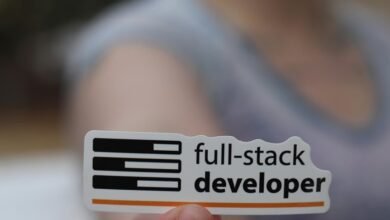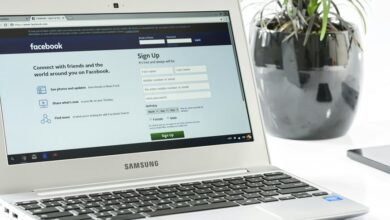1615188285 Callback Response Probability

The “1615188285 Callback Response Probability” highlights a nuanced approach to client interaction. By dissecting response rates, businesses can pinpoint strategic times for callbacks. This analysis reveals that demographic factors and tailored messaging significantly influence audience responses. Understanding these dynamics is essential for fostering effective communication. However, the implications of these insights extend beyond mere timing, prompting further examination into how businesses can optimize their engagement strategies.
Understanding Callback Response Probability
Callback response probability is a critical metric in evaluating the effectiveness of marketing and outreach strategies. It quantitatively assesses how callback timing correlates with response urgency.
Analyzing this relationship enables businesses to optimize their communication tactics, ensuring timely engagement with prospects. Higher response probabilities often stem from strategically calculated callback timing, fostering a sense of urgency that encourages potential clients to engage more readily.
Factors Influencing Response Rates
While numerous variables can impact response rates, several key factors stand out as particularly influential in shaping the likelihood of engagement.
Response frequency often correlates with heightened engagement, while demographic influence plays a crucial role in determining preferences and behaviors.
Understanding these dynamics allows for more targeted approaches, ultimately enhancing the probability of successful callbacks and fostering a more responsive audience.
Strategies to Improve Callback Engagement
Enhancing callback engagement requires the implementation of targeted strategies that leverage data-driven insights.
Personalized messaging increases relevance, thereby boosting response rates. By analyzing historical data, organizations can identify optimal timing for callbacks, maximizing the likelihood of engagement.
These strategies, when employed effectively, can lead to a measurable increase in callback success, aligning with the audience’s desire for autonomy in their communication preferences.
Analyzing Data for Better Outcomes
Data analysis plays a pivotal role in optimizing outcomes related to callback responses.
By employing data visualization techniques, stakeholders can identify trends and patterns that inform decision-making.
Predictive analytics further enhances this process by forecasting potential responses based on historical data.
Together, these methodologies empower organizations to refine their strategies, ultimately leading to improved engagement and higher callback rates, thus fostering a sense of autonomy.
Conclusion
In an era where timing reigns supreme, businesses often overlook the irony that their greatest tool—data—remains underutilized. As they chase elusive response rates, they may find that the very insights meant to optimize their strategies are left gathering dust. By failing to embrace a data-driven approach, they inadvertently invite missed opportunities, highlighting the paradox of seeking engagement while neglecting the analytical foundations that could ensure it. In the end, the numbers tell a story that’s all too frequently ignored.




